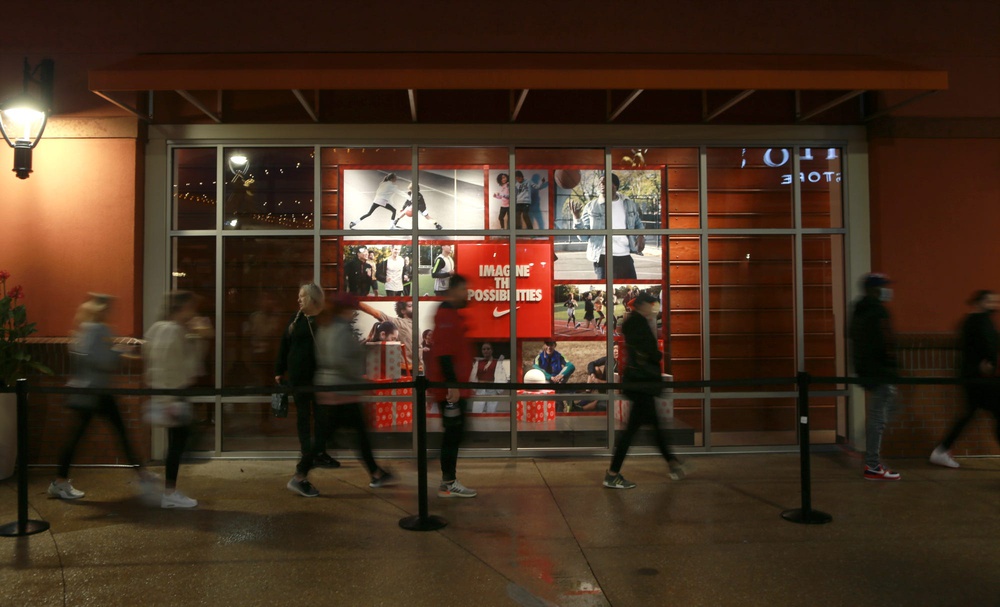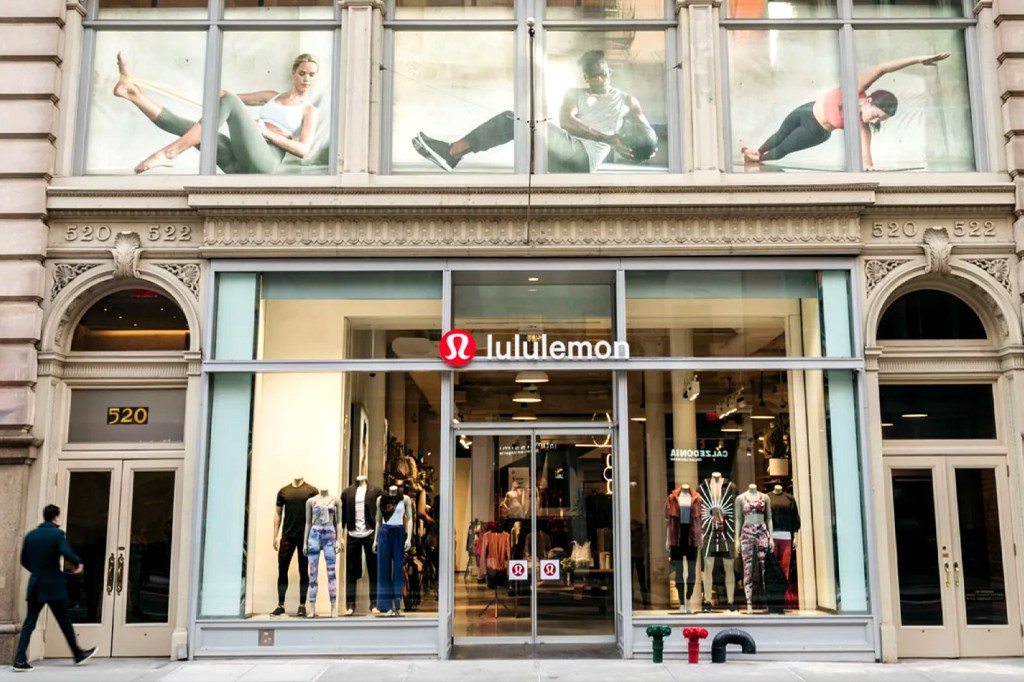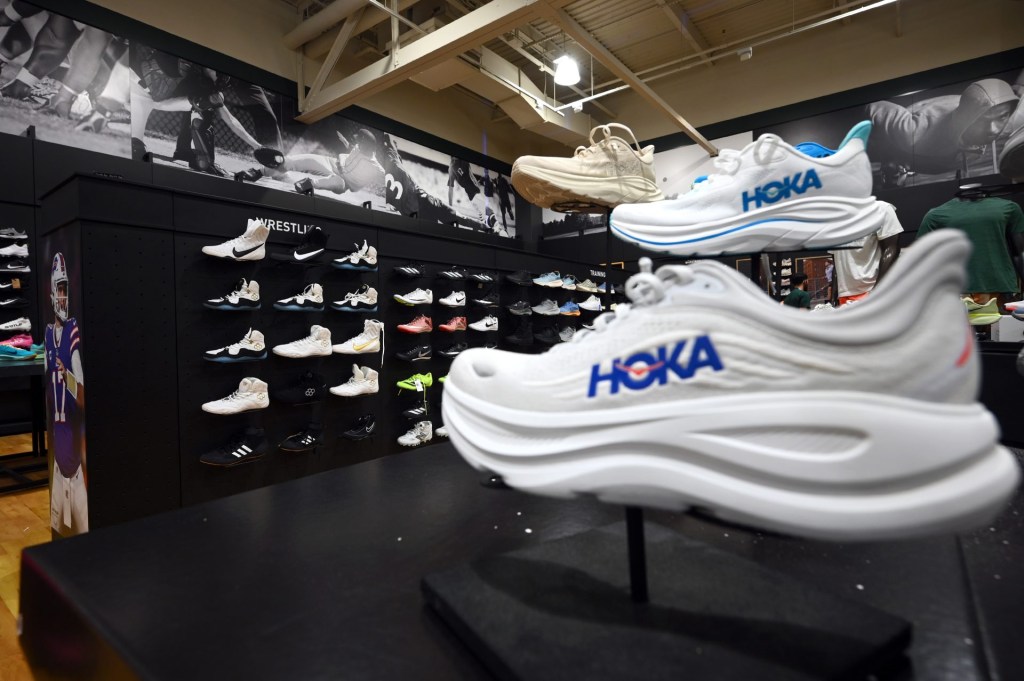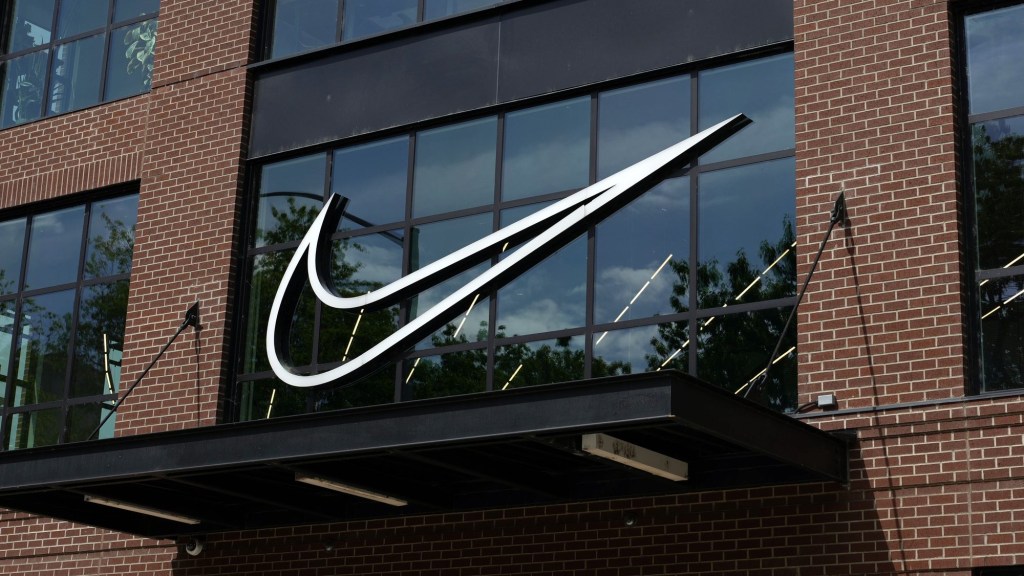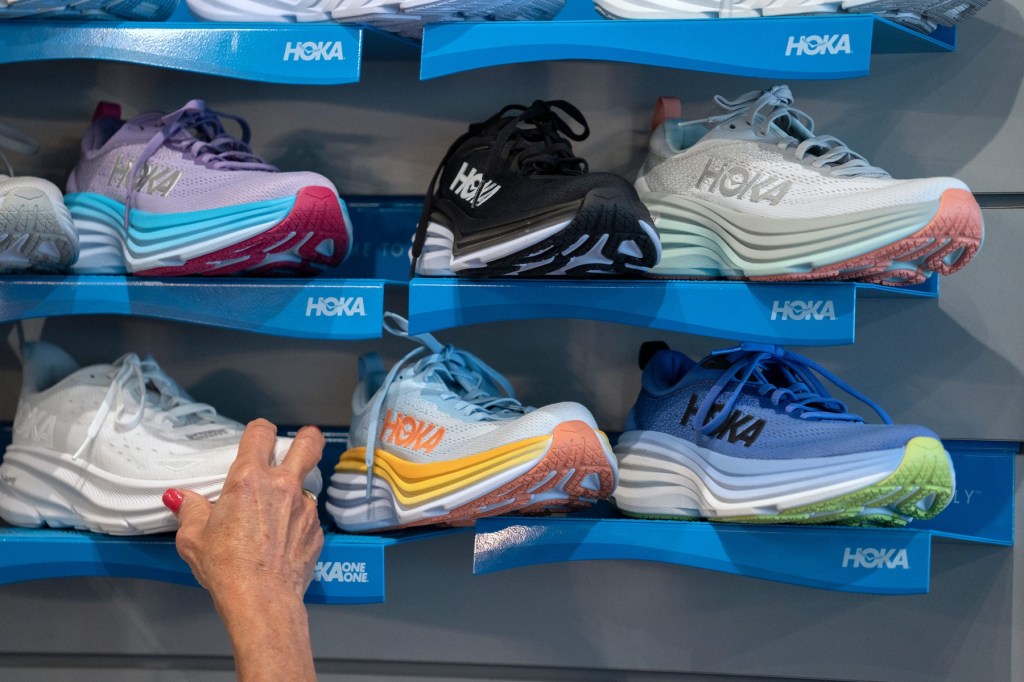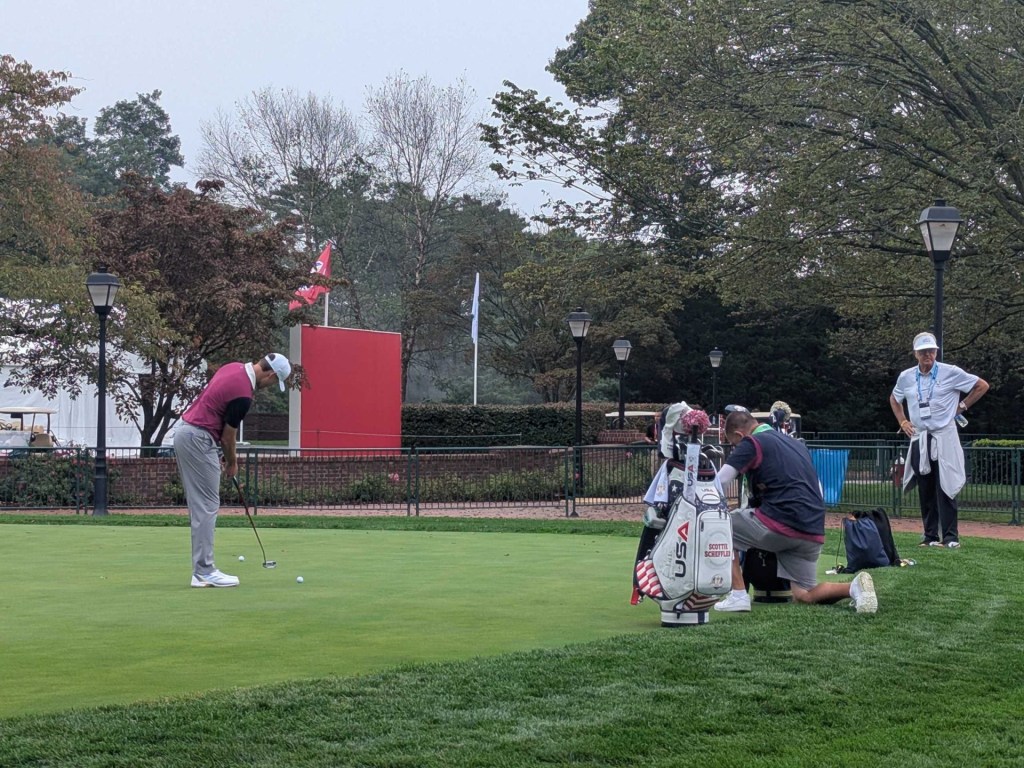“Tariffs are the greatest thing ever invented,’’ President-elect Donald Trump said at a campaign stop in Flint, Mich., in September.
During his reelection campaign, Trump said he’d raise tariffs on imports from China to 60%, and he floated a baseline tariff on goods coming into the U.S. from everywhere else. On Monday, Trump fleshed out those threats on his social media platform Truth Social, writing he’d impose a 25% tax on all U.S. imports from Canada and Mexico, and an additional 10% tariff on goods from China as one of his first moves in office. Trump has long railed against an unfair trade relationship with China, and he levied tariffs on more than $380 billion worth of goods in his first term, according to the Tax Foundation.
If Trump starts slapping tariffs on countries like Canada and Mexico, “there will be a huge outcry from business leaders,” Morningstar retail analyst David Swartz tells Front Office Sports.
But this time around, retailers are more prepared.
“I think broadly speaking, most companies have cut their exposure to China by 50% since 2018,” says Cristina Fernández, senior research analyst at Telsey Advisory Group.
Made in Vietnam
In the world of sportswear and sneakers, many big brands have already shifted manufacturing away from China—work that began in some cases even before Trump’s first term. “The tariffs hastened it,” Swartz says. “It allowed them to do long-term planning to move to other countries. Nike’s No. 1 country for manufacturing shifted from China to Vietnam years ago.
In fact, the biggest beneficiary of tariffs from the first Trump term wasn’t the U.S., says Swartz—it was Vietnam. “And it will be the same this time, too.” Indonesia and Bangladesh also took some manufacturing share from China after Trump’s first tariffs in 2018.
In its third-quarter earnings call on Nov. 19, Amer Sports CFO Andrew Page answered analysts’ questions about what the impact of more tariffs on U.S. imports would mean for the Finnish company that owns Arc’teryx, Salomon, Louisville Slugger, and Wilson.
Page said the company isn’t overly concerned. “Greater China represents less than 30% of Amer Sports’ global sourcing,” he told analysts on the call, adding “sourcing from China to the U.S. market represents only 10% to 12% of total group revenues.” Page said the company’s ball and racket segment would be most affected, predominantly tennis rackets, baseball bats, and basketballs. “We have some degree of flexibility to adjust our supply chain, but price increases will be the primary tool we utilize should tariffs occur,” he said.
Only about 15% of goods made by companies like Adidas and Under Armour are sourced from China, Fernández says: “They have done a lot of work over the years to reduce the amount that’s coming to the U.S. from China.” Nike said in its 2024 annual report that factories in Vietnam, Indonesia, and China manufactured approximately 50%, 27%, and 18% of total Nike brand footwear, respectively.
In Adidas’s first-quarter earnings call in July, CEO Bjørn Gulden said the sportswear company has tried not to source products anymore from China into the U.S. “The supply chain is going to be more local,” he said. “America cannot really buy from China. So we are ending up having a supply chain that we have broken up into more local supply chains which, again, can bring more speed and agility into our pipeline.”
Under Armour CFO David Bergman told analysts on its Q2 2025 earnings call this month that any additional tariffs “could impact our cost of goods sold and gross margin,” but “it’s something that we were prepared to manage pretty well before.”
“So right now, we’re not anticipating any real sizable impacts, but it’s something we’re going to keep monitoring,” he added.
Tariffs on imports from China also won’t affect On Holdings, the Swiss sneaker brand, since almost all its footwear is made in Vietnam.
If the next round of tariffs is similar to the previous one, sportswear won’t be hit as hard as other consumer goods. Tariff rates on athletic apparel and footwear were lower than other categories, including furniture, home goods, and flooring, Fernández says.
Made in China for the China Market
A growing focus on producing more goods for local markets has also helped retailers.
Nike and Adidas have said most of their products manufactured in China are specifically for the Chinese and Asian markets.
And as some firms learned in 2018 when Trump implemented tariffs on millions of products imported from China in his first term, goods imported to the U.S. can be routed to other countries that don’t have tariffs before coming to the U.S. “Most companies use factories in multiple countries, so if there are products currently shipped from China to the U.S., they can likely be made in other countries,” Morningstar analyst Swartz says. Companies can also ship products from China to other countries and then to the U.S. to get around the tariffs.
Economists broadly agree tariffs function as a tax on companies and ultimately consumers. Typically, companies can respond to tariffs in several ways: Pass the increased cost down to consumers, absorb it, or negotiate with their suppliers.
The Tax Foundation recently estimated that the Trump and Biden tariffs so far (President Biden kept most of the Trump Administration’s tariffs in place) are equal to an average annual tax increase on U.S. households of $200 to $300 a year.
As of March 2024, the trade war tariffs have generated more than $233 billion in extra taxes collected for the U.S. government from Americans. Interestingly, $89 billion, or about 38%, was collected during the Trump Administration, while the remaining $144 billion, or about 62%, has been collected during the Biden Administration.
